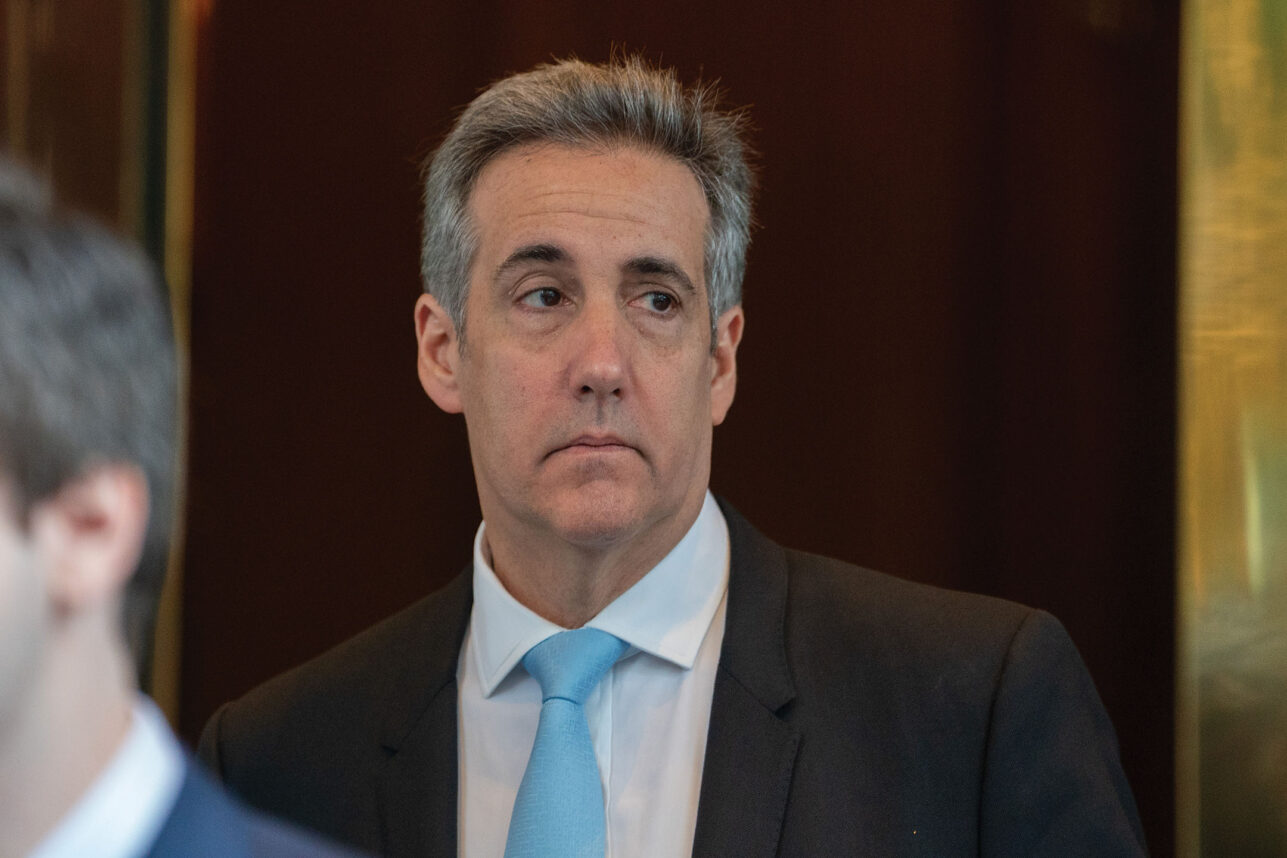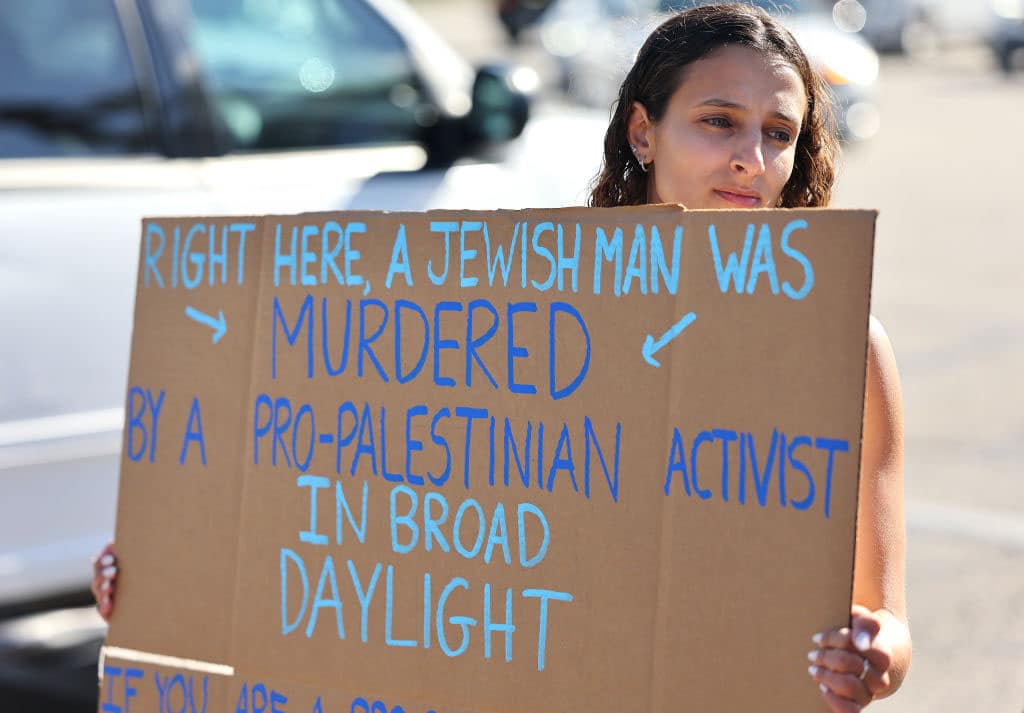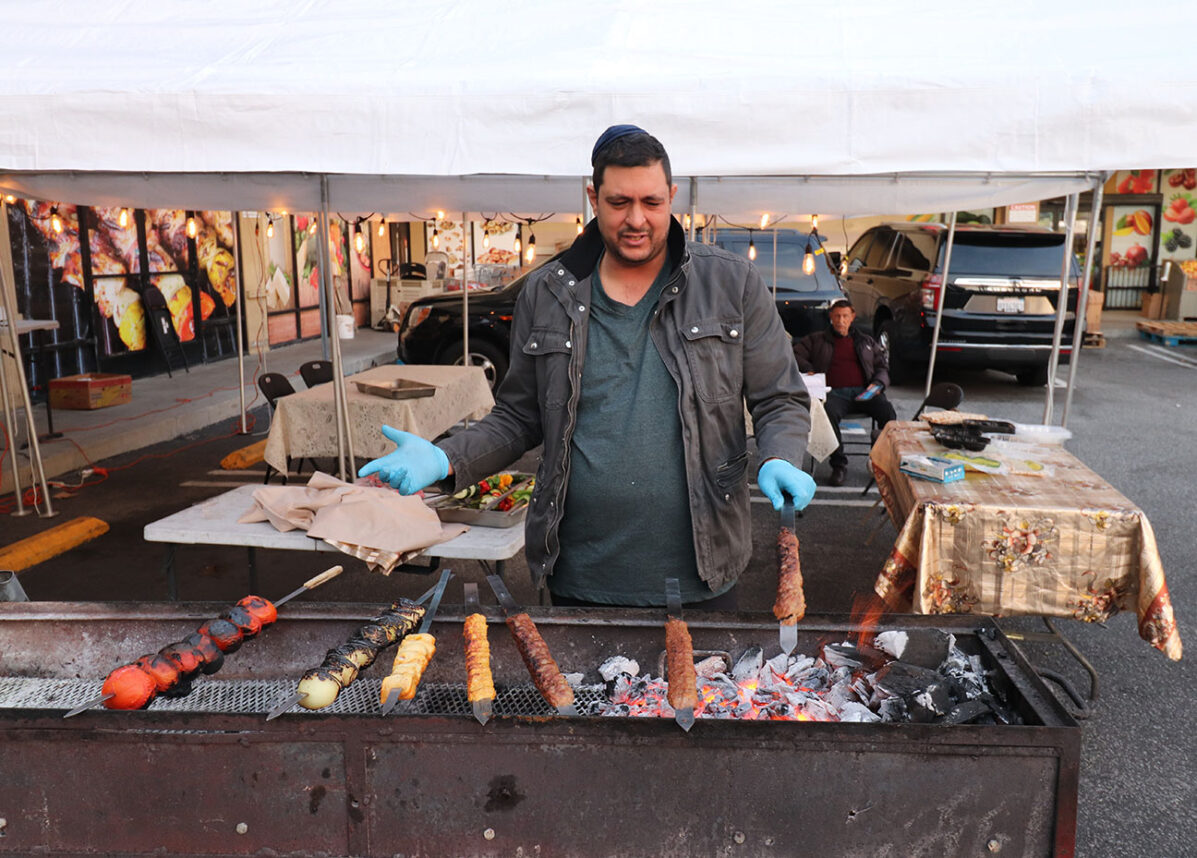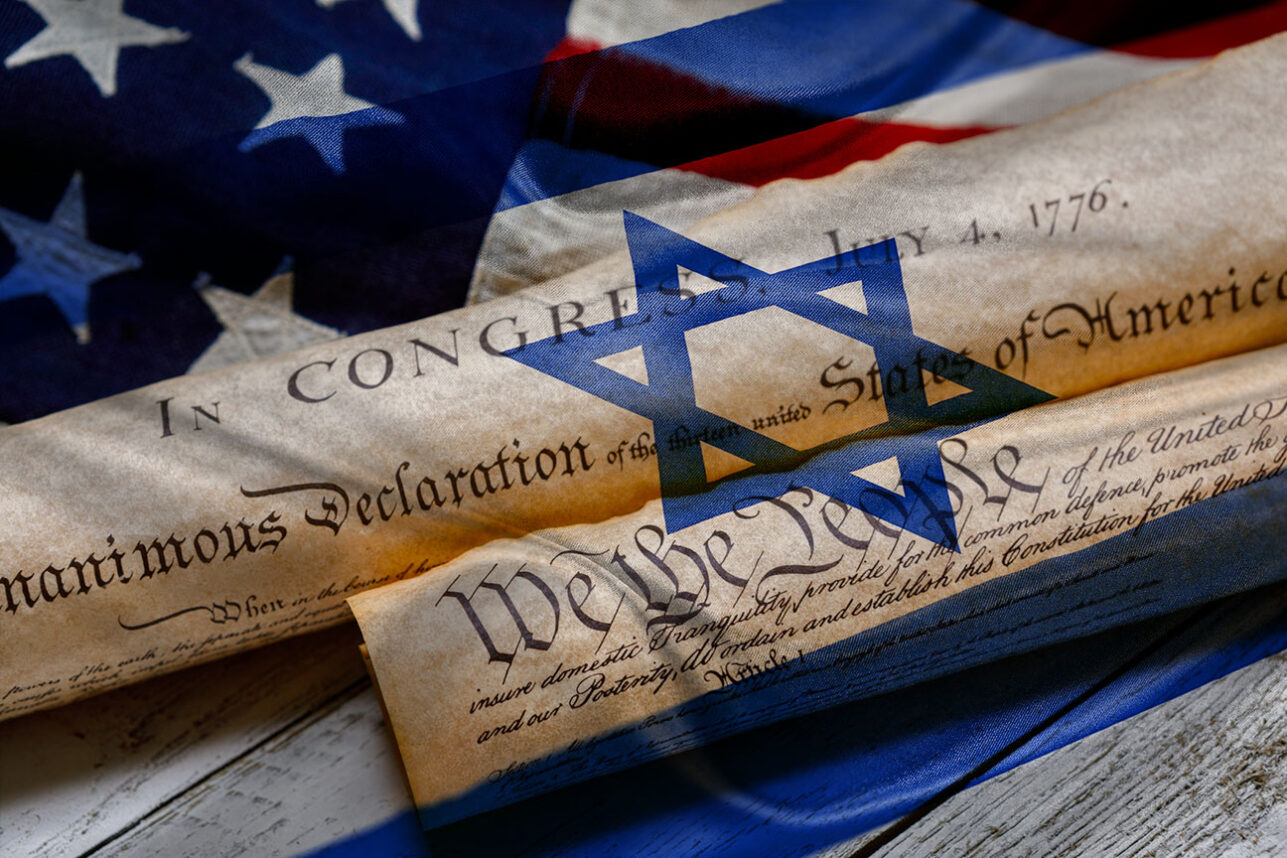Several months ago, a guest speaker visited our synagogue for a talk on current events in the Middle East. I enjoyed the talk and after services I asked my wife what she thought. She responded: “Did you notice that the speaker never once turned his face towards the women’s section? He had his face turned away from us the entire time, as if we weren’t even there.”
I had to admit that I had not noticed this. Why didn’t this man, a modern person speaking about Israel, turn towards the women? He was a secular Jew, so it could not have been due to “extreme piety” of the ignoring-women variety. I am sure that there is no other speaking venue where he would distinguish between men and women in this way.
Perhaps the placement of the podium in the room had something to do with it. Like most (not all) Orthodox shuls, our podium is situated in the men’s section, so naturally, the speaker faced the men. A slight angling of the body is all it would have taken for the speaker to face the women as well, but my guess is that he absorbed the subconscious message of the building’s logistics: “The people in the main section—the one opposite the podium—are the important ones. Face them.”
Watching the Flintstones with my children one day, it struck me that our synagogues have an uncanny resemblance to lodge no. 26 of the Loyal Order of Water Buffaloes, where Fred and Barney go to have a men’s night out. I say this in jest, but it is illustrative. The men of the LOWB wear a special garb, they have a special code and gestures which they use, and there are no women. Although our synagogues are a step advanced from the Stone Age lodge—we let our women watch—the resemblances are worth noting; only the men have the special garb, only the men know the secret handshake, and when the Grand Poobah speaks, his podium faces only men.
To be fair, the synagogue I attend is quite modern and sensitive to women’s issues, and our rabbi is overwhelmingly so. In addition, the architectural plans for the new building include a fifty-fifty split with a podium in the middle. However, I think the anecdote is illustrative of the pernicious message which is unconsciously and unintentionally being sent to the women and girls in our community: “You are not really here.”
Of course, the placement of the podium is only one way—albeit an obvious one—that Orthodox synagogues communicate to their participants that women are not really in the room. This message is also communicated by access to the holiest and most central feature of the synagogue, the Torah scroll, which is removed from the ark, inevitably by a man, during Shabbat morning services. The Torah is then handed to the man leading the services and carried around so everybody can touch it and kiss it… well, not everybody.
It is true that in some Orthodox synagogues the Torah is either passed to a woman to carry through the women’s section or is carried through the women’s section by the man leading the services. However, in most Orthodox synagogues the Torah is carried only through the men’s section; the message being that access to the Torah is only for participants in the prayer services, not for onlookers. Some synagogues that are sensitive to the problem decide on the awkward solution of carrying the Torah slowly near the meḥitza (barrier). The women can then scramble to the meḥitza and vie for access in Darwinian fashion.
Traditional garb is another way Orthodox synagogues send the message that the men are the real participants. Men’s ritual accoutrements, special prayer shawls around their shoulders or over their heads, and leather straps and boxes on their heads and arms, are significant ritually and spiritually. Needless to say, the average Orthodox woman does not wear tzitzit or t’fillin and has no ritual equivalent of her own.
Other ways the second-class position of women in the synagogue is communicated are even more complex, as they appear hardwired into the halakhic system and changing or tinkering with them would be more than a little problematic for the halakhically observant.
Firstly, for the prayer service to start, or at least for certain special prayers to be said, there needs to be a minyan (a prayer quorum) of ten men; women do not count. Without ten men services cannot be held, but services can run from beginning to end without even one woman present. This, of course, is in compliance with the halakhic rulings found in the Talmud; nevertheless, it is hardly surprising that women generally show up late, if at all.
Secondly, women do not lead anything; not just the special minyan prayers (devarim she-be-qedusha) but activities that are not minyan-related at all, such as misheberakhs for the US government or the State of Israel, opening the ark to take out the Torah, or reciting birkot ha-shaḥar.
Modern Orthodoxy is in a bind when it comes to women in the synagogue. In a world where gender roles are constantly shifting, it becomes rather difficult for a religious group that is both modern and Orthodox to navigate the many tensions that exist between traditional practices and modern egalitarian values. Sometimes these tensions express themselves around halakhic issues: women leading devarim she-be-qedusha, wearing t’fillin, counting for a minyan, or participating in the Torah-reading ceremony. Other times the issues appear more sociological: bringing the Torah through the women’s section, women holding or carrying the Torah, placement of the podium, or women speaking from the podium.
The halakhic issues require textual analysis and remain extremely divisive and I am not suggesting here that Orthodox communities should make radical breaks with halakha. Rather my aim here is the underlying message that our synagogues are sending to women. We all want to remain true to halakha and create a synagogue environment where men and women thrive, but I fear that without addressing the underlying message of women not really being in the room, instead of creating a home for all Jews, we are creating a men’s club.
In my opinion, wherever one falls out on the halakhic issues—and the spectrum is wide—none of our synagogues really want to be sending the message that women are only spectators. Therefore, I strongly suggest that we take a close look at the messages the structure and culture of our synagogues are sending to women. If the overwhelming message is LOWB-like, what changes can be made, commensurate with the halakhic views of the rabbi and the culture of the institution, to make women feel like they are part of the services and not just watching? Can the podium be placed more centrally? Can the Torah be brought to the women’s side? Can a woman carry it? Can she hold it after g’lilah? Is the meḥitza too tall or difficult to see through? Is there anything at all that a woman can lead or recite out loud during services so that a woman’s voice can be heard as part of the prayer experience?
It is my hope that every synagogue will take this message to heart and think constructively about how to create an Orthodox synagogue experience loyal to halakha and welcoming of women; where women feel like participants instead of spectators. In her famous essay, “Notes Toward Finding the Right Question,” Cynthia Ozick wrote: “My own synagogue is the only place in the world where I am not named ‘Jew’.” I am sure that no Modern Orthodox rabbi or synagogue wants to send this message, and yet unconsciously—but systemically—we do. For the sake of our women, our girls and the health of our communities, the message needs to change.






















 More news and opinions than at a Shabbat dinner, right in your inbox.
More news and opinions than at a Shabbat dinner, right in your inbox.